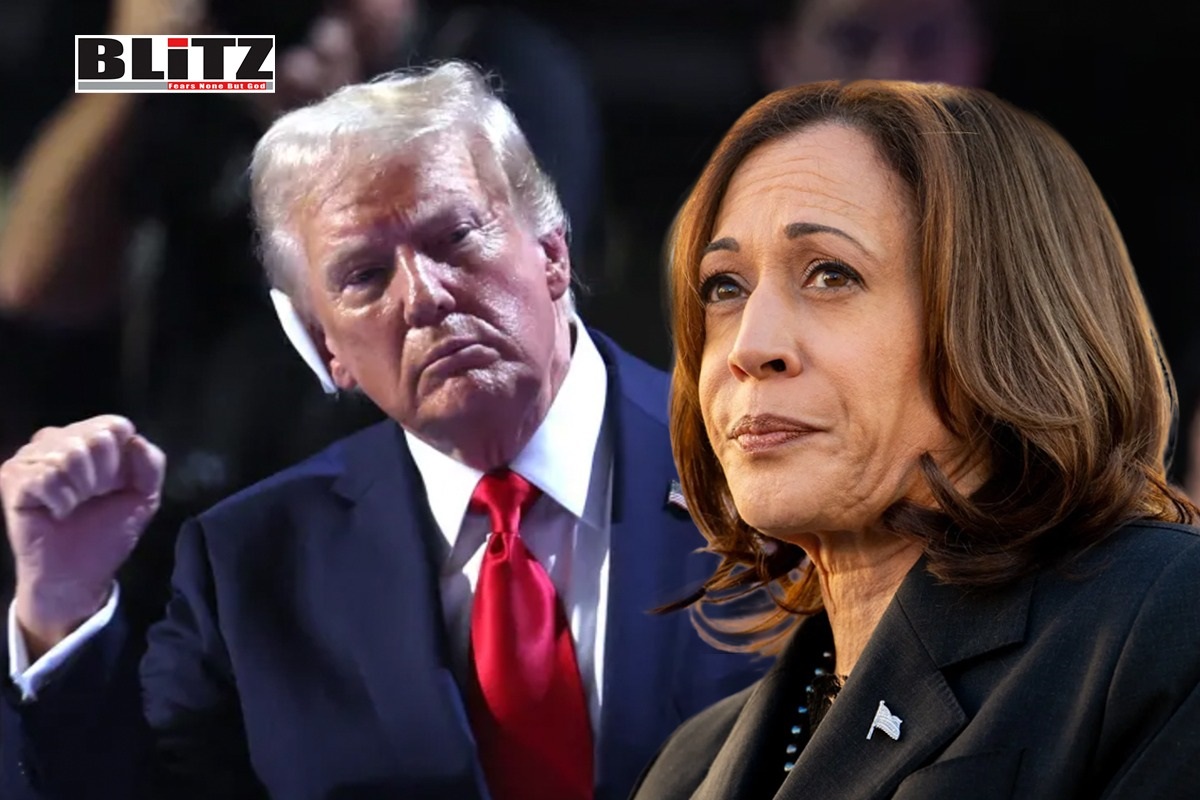The Democratic and Republican National Conventions, held just weeks apart, have underscored the profound divide between America’s two major political parties. These conventions, long viewed as the final rallying cries before the general election, provided a stage for the crystallization of contrasting visions for the United States. The Democratic National Convention (DNC), which concluded last week, was largely a coronation of Vice President Kamala Harris following President Joe Biden’s withdrawal from the race. On the other hand, the Republican National Convention (RNC) had concluded weeks earlier, with former President Donald Trump solidifying his grip on the Republican base. The stark differences between the two conventions reflect the deep ideological chasm that now defines American politics.
The DNC in Milwaukee was a carefully orchestrated event, designed to showcase unity and continuity within the Democratic Party. With Biden stepping aside, the party coalesced around Harris, positioning her as the torchbearer for the Democrats in their battle against Trump. The convention lacked any real surprises, with the majority of Biden’s delegates swiftly shifting their support to Harris. This seamless transition highlighted the party’s determination to present a united front against the Republicans, emphasizing continuity in policy and values.
Harris’s nomination represents a historic moment for the Democratic Party. As the first woman of color to be a major party’s presidential nominee, her candidacy is seen as a symbol of the party’s commitment to diversity and inclusion. Throughout the convention, speakers underscored the importance of this moment, framing Harris as the candidate who embodies the future of the Democratic Party and the nation. The speeches delivered at the DNC were filled with calls for unity, social justice, and a return to what many Democrats view as a more compassionate and competent government.
In contrast, the RNC in Chicago was a showcase of the Republican Party’s transformation under Trump’s leadership. The convention was marked by Trump’s unchallenged dominance within the party, despite the absence of key figures from his previous administration. The conspicuous absence of former Vice President Mike Pence and other notable Republicans highlighted the internal divisions within the party. Yet, these divisions did not translate into a challenge to Trump’s authority. Instead, the convention served as a reaffirmation of Trump’s control over the Republican base.
Trump’s rhetoric at the RNC was characteristically combative, focusing on law and order, economic nationalism, and a rejection of what he labeled as “radical left” policies. His attacks on Harris as a “communist” and a threat to American values resonated with his supporters, reinforcing the party’s shift towards a more populist and nationalist platform. The RNC made it clear that the Republican Party under Trump is one that embraces a vision of America rooted in traditional values, economic protectionism, and a strong central government that prioritizes national interests over globalism.
To understand the significance of these conventions, it is essential to look at the historical evolution of the two parties. The Democratic Party, once the party of the rural South, has undergone a profound transformation. During the 19th century, Democrats were the dominant party in the Southern states, where large agricultural estates relied on slave labor. The Civil War and the subsequent Reconstruction era marked a turning point, as the Democrats’ association with the Confederacy and states’ rights became increasingly untenable.
The 20th century saw further shifts, particularly with the New Deal, the Civil Rights Movement, and the Great Society programs. These initiatives realigned the Democratic Party, moving it towards a more centrist, liberal, and anti-racist platform. Today, the Democratic Party is largely supported by urban voters, minorities, and people of color, with a strong base in the northern and western states.
The Republican Party, on the other hand, has also seen significant changes. Once the party of Abraham Lincoln and the industrial North, the GOP has shifted towards the South and the Rust Belt. The decline of the manufacturing sector and the rise of cultural and social conservatism have reshaped the Republican Party into one that is now dominated by the white Christian right. This transformation was cemented during the Reagan era and has continued under Trump, with the party now embracing a platform that is economically nationalist, socially conservative, and deeply skeptical of government intervention in the economy.
The conventions in Milwaukee and Chicago have made it abundantly clear that the 2024 election presents voters with a stark choice. The Democratic Party, under Harris’s leadership, offers a vision of America that is inclusive, progressive, and committed to social justice. In contrast, the Republican Party, under Trump, presents a vision that is rooted in traditional values, economic nationalism, and a rejection of globalism.
This stark contrast leaves little room for undecided voters. The differences between the two parties are so pronounced that any voter who remains undecided after the conventions is likely either deeply conflicted or disengaged from the political process. The conventions have dispelled any notion that there is ambiguity in the choice before the American electorate. The decision in November will be a referendum on the direction of the country, with voters choosing between two radically different visions for America’s future.
The Democratic and Republican National Conventions have underscored the deep ideological divide that now defines American politics. The choice before voters in November could not be clearer. The conventions have laid bare the differences between the two parties, their candidates, and their visions for the future. As the election approaches, the American electorate will be faced with a decision that will shape the course of the nation for years to come. The conventions have set the stage for a pivotal moment in American history, one that will determine the future of the country and its place in the world.
